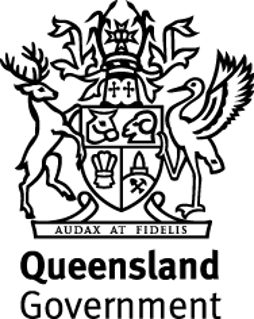|
|
Lyngbya Monitoring ProgramCoverageThe map below highlights the areas where sampling has occurred for this program. Click on the map to view information about the drainage basins in this area. Program start date2000 Program end dateOngoing Objectives of the programMonitor the presence of the potentially toxic cyanobacterium Lyngbya in South East Queensland (primarily Moreton Bay) to:
Who is involved?Lead organisationDepartment of the Environment, Tourism, Science and Innovation Contact details of lead organisation: water.data♲qld.gov.au Partner organisationsLocal Governments in South East Queensland (Moreton Bay Regional Council, Sunshine Coast Regional Council, Redland City Council) and South East Queensland Healthy Waterways Partnership List of indicators monitoredLyngbya presence and coverage (by category 0-10 %, 10-40 %, 40-70 % and 70-100 %) Scale of programRegional scale Brief description of sampling locations
Frequency of monitoringMonitoring of Central Moreton Bay (Amity, Maroon and Moreton Banks), south-west Moreton Island, Horseshoe Bay at Peel Island and Deception Bay is conducted monthly, but may be increased to fortnightly if large blooms occur. Monitoring of Pumicestone Passage occurs every 2 months. Opportunistic inspections in eastern and southern Moreton Bay (for example South-west Moreton Island, Peel Island Reef, Pelican Banks, Prices Anchorage, Wangawallen Banks, Deanbilla Bay, Fisherman’s Island and Myora Springs) may occur if Lyngbya is reported. Local governments also opportunistically inspect relevant foreshores for Lyngbya presence. Information is collated monthly. Where is the program reported?Last updated: 22 March 2013 This page should be cited as: Department of Environment, Science and Innovation, Queensland (2013) Lyngbya Monitoring Program, WetlandInfo website, accessed 8 May 2025. Available at: https://wetlandinfo.des.qld.gov.au/wetlands/assessment/monitoring/current-and-future-monitoring/lyngbya-monitoring-program.html |

 — Department of the Environment, Tourism, Science and Innovation
— Department of the Environment, Tourism, Science and Innovation


